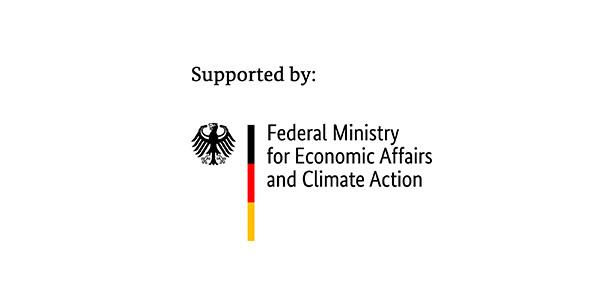The district heating of the future as a central component of a sustainable energy system requires new control concepts as well as communicative approaches. With our innovative software tool »AD-Net District Heating«, we dynamically simulate the state of heating networks and optimize their operations in real time.
Our digital twin enables heat suppliers to ensure a consistently efficient network operation – even under increasingly complex operating conditions with decentralized feed-in – while ensuring its stability and security of supply.



